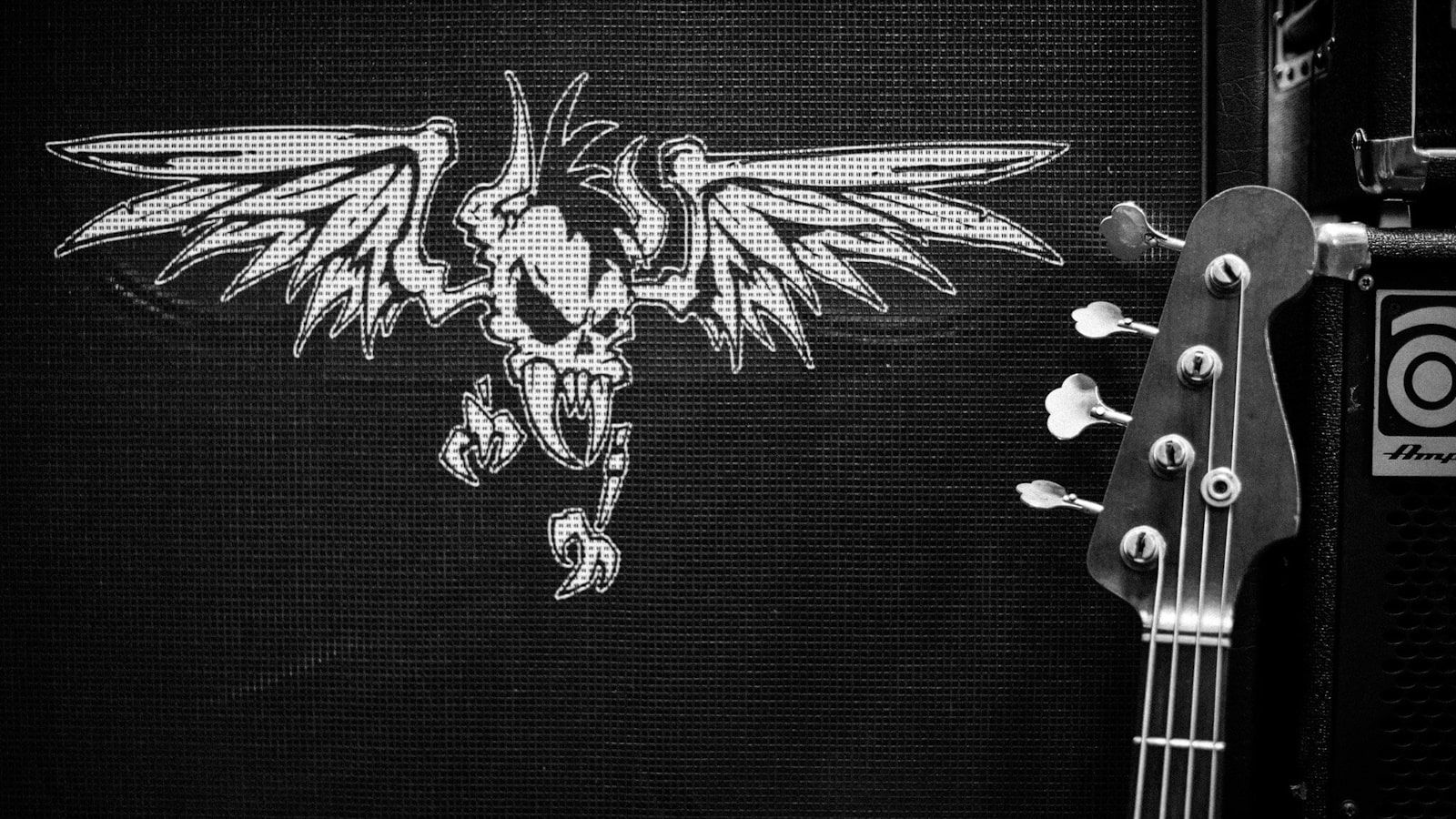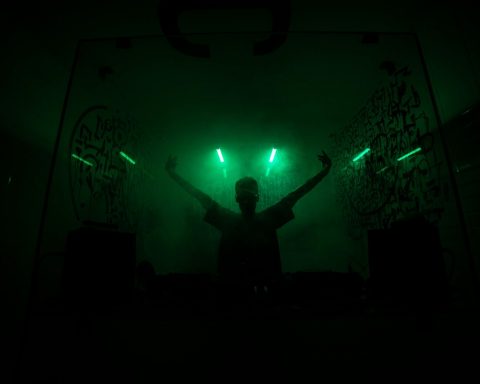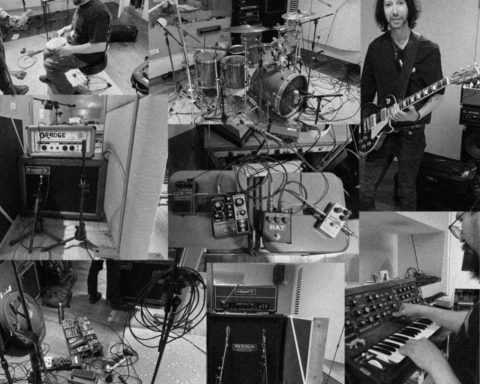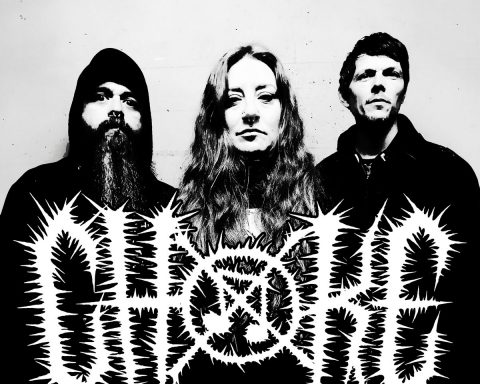Metal music gives the listener much more than what they experience with their ears. It engages their visual senses, too. The combination of visual with auditory gives another dimension to metal music, making it a multisensory experience.
Visual art and metal music influence each other in various ways, including through harmony, emotion, and rhythm. Imagery in metal music has opened more avenues for artistic exploration. It has also positively impacted the music, leading to the creation of emotionally engaging pieces.
Basically, the artwork on metal albums reflects the kind of music it has. The imagery on these albums serve as a source of inspiration to artists as well. Let’s delve more into the influence of visual art in the metal music genre.
Visual Art As a Means of Communicating the Message of the Music
It is common to see metal music albums containing surreal imagery and detailed designs. These indicate the theme that the music explores. Visual art can be used to convey rebellion, introspection, or fantasy. It, in turn, enhances the emotional appeal of the music. Listeners can better make sense of the lyrics when they also have the imagery in front of them.
A great advantage of incorporating visual arts is that it helps convey the message that lyrics alone cannot. For example, metal music lyrics talk about a revolution and the impact of its success. The imagery that shows up in its video is of a utopian landscape. This alone will help the listener understand and appreciate the lyrics in a much better way.
As a Means of Inspiration
Heavy metal and visual art share a symbiotic relationship when it comes to taking inspiration from each other. The work of the artist Samuel ‘Defame’ Mills is the best example of this inspiration. His work is all black-and-white, with snarling faces and slimewebs. This is his way of depicting torture and zombies. His art has earned him recognition. It is featured on the gear of various heavy metal bands like Gatecreeper and Whitechapel.
Another example is that of Tallboy 666. His work is reminiscent of the laid back stoner biker vibe of bands like Black Sabbath. At the same time, it also delves into the more insane aspects of stoner metal. This makes his work fit well into both earlier and modern times, something which is very difficult to convey through music alone.
As a Medium to Transform Art Into Sound
Metal music reflects artistic finesse as well as sonic power. This combination enables it to create a powerful image and strike emotions that the listener can deeply resonate with. How the music transforms art into sound is simple. As you listen to the music, you begin to see the artwork in a different way. The bold, black imagery seems to scream the rebellion expressed in the lyrics. It allows the listener to introspect deeply and find similar elements inside their own psyche.
Visual art is thus turned into sound. The listener does not merely see it as imagery anymore. They start to equate it to the pounding of the drums or the roaring of the guitar. Modern heavy metal music available on streaming devices like the Amazon Fire Stick and through internet radio stations all convey a sense of recklessness and chaotic nature. This is well expressed through the album imagery. On the other hand, artists who want to add a sense of history and nostalgia into their work have incorporated vintage and retro designs in their album art.
Decoding Visual Imagery on Some Iconic Heavy Metal Albums
From the 1990s to the present, heavy metal album covers have featured some of the most expressive imagery. Below, we have interpreted the meaning of this art in relation to the album’s theme.
- Paranoid by Black Sabbath (1970) – The album had the band’s logo against a dark background. In the background was a yellow and red humanoid figure. The human figure is seen as a depiction of anxiety or mental illness, which is the album’s theme.
- The Number of the Beast by Iron Maiden (1982) – The album’s cover features Eddie, the band’s mascot. It is depicted as a demonic creature coming out from a pit of fire. This imagery is inspired by the lyrics of the title track. It describes the beast’s biblical figure and how it is symbolized in religious mythology.
- Master of Puppets by Metallics (1986) – This album has an uncanny image of a puppeteer controlling the puppet’s strings. It perfectly illustrates the themes of manipulation and addiction.
Summing up
Visual art has massively shaped the visual identity of heavy metal music. It has led the artists to further push their creative boundaries, enhancing the storytelling experience. From mythology to history and literature, the music’s imagery has been inspired by various sources. Ultimately, it has only added to the appeal of the genre, allowing artists to express themselves in bold ways.














